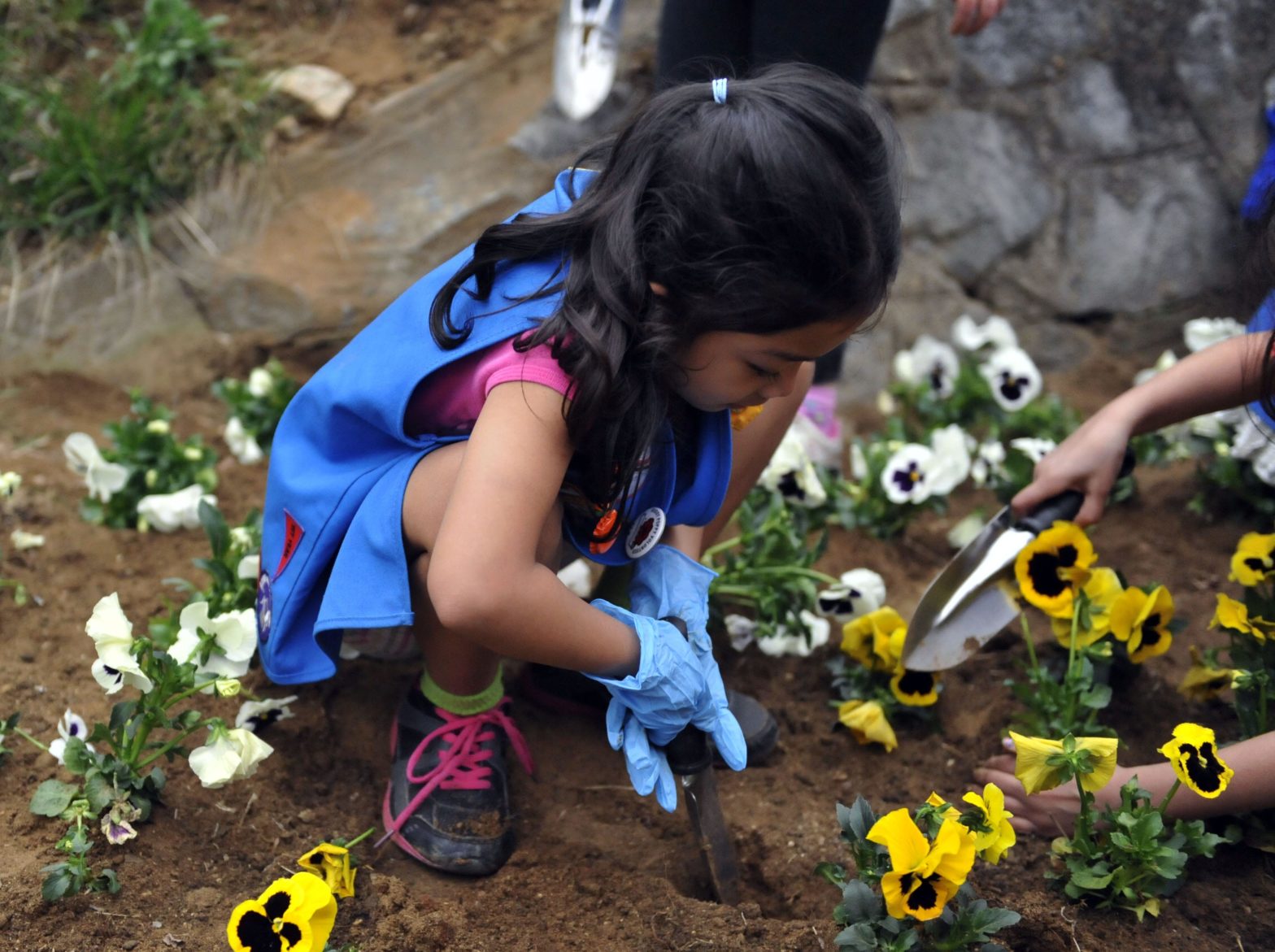![A good digging tool is essential for gardening. [Special to the Press Gazette]](http://127.0.0.1/wordpress/wp-content/uploads/2022/01/ghows-DA-6f8ded26-0cd9-7544-e053-0100007f1850-d7555605-scaled.jpeg)
Are you trying your hand at flower gardening for the first time this year? Lucky you. You’re about to embark on an exciting adventure. There’s nothing quite like helping to bring lovely flowers out of the bare soil, or nurturing spindly seedlings to full, luscious life. Here’s a helpful guide to planting flowers for beginners.
Flower gardening must-haves
-
A place to plant, such as flowerbeds or containers.
-
Flower seeds or seedlings.
-
"Diggers": A sturdy stainless steel hand trowel is a must. Add a shovel for large-scale flower gardening.
-
Sharp shears for pruning plants — and cutting a bunch of beautiful blossoms to decorate your home.
-
A garden hose or a watering can with sprinkler head.
-
A flower garden journal (more about this later).
Choose seeds or seedlings
Start with easy flower species like pansies or geraniums. Look for varieties that will thrive in both your local USDA Plant Hardiness Zone and your particular yard. Buying ready-to-plant seedlings from a nursery is great for impatient gardeners — like kids or kids-at-heart — who want to see beautiful blooms right away. If you prefer the old-fashioned way, try sowing with heirloom seeds. These are open-pollinated traditional seed varieties, which tend to require less care in terms of water and fertilizer than modern hybridized types.
Where to plant
Your yard may already have beds laid out. If not, choose a sunny, well-drained corner, with easy access to a source of water. Be sure to position flower patches where their sight and scent will enhance your outdoor enjoyment (perhaps adjacent to your backyard patio) and may even attract birds and honeybees to the landscape. Container gardening has become uber popular these days … and with good reason. Strategically placed raised beds, window boxes, or planter pots allow you easily to optimize growing conditions. Because there’s limited bending involved, they also minimize strain on your back and knees.
How to water
No need to install a landscape irrigation system just yet. As a beginner, you can water your new flower patch using a hose with a removable sprayer head. For a container garden, a watering can will be just perfect, not to mention fun. A good rule of thumb is to water flowering plants infrequently — once or twice a week is usually enough — but deeply, so that the water will reach right down into the soil to nourish the roots. Avoid wetting the leaves or watering only one side (which tends to encourage uneven root growth).
Care and feeding of flowering plants
Nourish your flowers with organic fertilizer or compost matched to your garden soil, especially during periods of active growth. When the posies are past their prime, they should be deadheaded. No, we’re not making musical recommendations here but rather, talking about pinching or clipping off withered blossoms. This is not just for good looks, but also to direct the plant’s energies away from developing seeds and into making more flowers. Woody plants, such as roses, will benefit from an occasional pruning of their stems; best times are early spring or after blooming season.
Keep a garden journal
Make the most of your first flower gardening experience. Keep a journal in writing or online to document your garden journey. List any or all of the following:
-
the flower varieties you tried
-
the weather in your area this year
-
how much and how often you watered
-
whether you added fertilizer or compost
-
which tools you used
-
what succeeded; what not so much
-
what surprised you
-
what you’ll need to know for next year
-
how you felt about the whole enterprise.
-
Be sure to include pictures of your best-looking results.
-
Laura Firszt writes for networx.com.


This article originally appeared on Santa Rosa Press Gazette: Planting flowers for beginners
